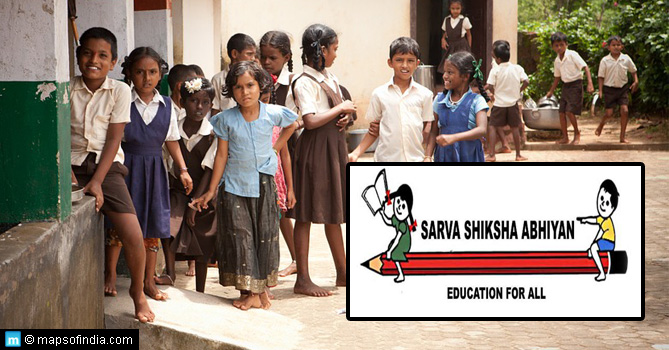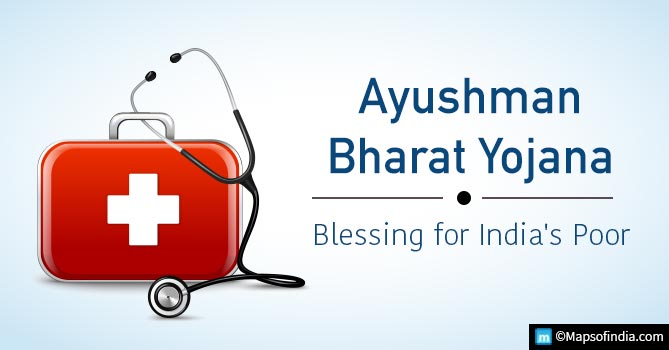Opening new schools in areas which do not have these, improving infrastructure of the present schools, tackling the student teacher ratio, providing training to the teachers and quality elementary education to children, focusing girl education and computer education – These are the few objectives of Sarva Shiksha Abhiyan (The Education for All Movement) which is a time bound programme working with an aim to make elementary education universal for all the children in the age group 6-14 years.
Demand for quality education is increasing in India. At the same time it has been observed that required changes and task of educating all cannot be done in isolation. It needs collaborative efforts of the state and central government, private organizations, and local government. Based on this and by merging all the District Primary Education Programmes (DPEP), Sarva Shiksha Abhiyan was initiated in 2001-2002 by Atal Bihari Vajpayee.
But the backbone of Sarva Shiksha Abhiyan is one of its major limitations and this is parateachers. Parateachers are hired to educate class I and II students. But to do the task successfully, almost all the parateachers are under-qualified so they cannot deliver the expected quality. In Rajasthan the minimum qualification for these teachers is 8th class and for female teachers it is 5th class. At most of the places the specific education level of these parateachers is 10th or 12th class. Now do you think that such a teacher can educate students? Not only this but the teachers are also not paid well. An average salary is Rs 2000 per month with honorarium even as low as Rs 800. It is said that salary of five parateachers is equivalent to the salary of one normal teacher. So their salary is much lower than the salary of a normal teacher. All the parateachers work on contract basis. This causes insecurity and lower down the quality of education. Now how can a good teacher be interested to join the cause? It can be a voluntary service.
Other hurdles on the way to success of Sarva Shiksha Abhiyan are quality, funding, accountability and active participation.
To overcome all these problems the Right to Education Act (RTE) was launched with an aim to make elementary education fundamental for children belonging to the age group 6-14 years. It is also working on the same goals but now the question is whether it will fulfill the gaps created by Sarva Shiksha Abhiyan or just the duplication of the same. The most favorable point of RTE is its legal backing whereas SSA lacks this. RTE is working on the weaknesses of the SSA. It will also check the increasing dropout rates under SSA programme.
But educationists who are working in the field say that lack of adequate number of teachers is the biggest problem of such projects. Only dedicated teachers and their interest in bringing change can bring success. At the same time retraining present teachers is required who can deliver the best to educate children.
Related Information:
Explore More :
Sarva Shiksha Abhiyan
Education for all: Smriti Irani’s big challenge
10 Best Things Modi Government Has Done So Far
Schemes Launched by Modi Govt Start-up India, Stand-up India
Gram Uday Se Bharat Uday Abhiyan
‘Stand up India’ Scheme by PM Modi : Highlights, Objectives, Benefits, Process Pradhan
Mantri Ujwala Yojna Sukanya Samriddhi Account
Swachh Bharat Abhiyan: Making India Clean & More
Pradhan Mantri Jeevan Jyoti Bima Yojana (PMJJBY)
Pradhan Mantri Suraksha Bima Yojana (PMSBY)
Pradhan Mantri Kaushal Vikas Yojana
Pradhan Mantri Krishi Sinchai Yojana Pradhan Mantri Awas Yojana (PMAY)
One Rank One Pension Scheme
Seventh Pay Commission
All Information about Digital India Programme
eBasta – Features and Benefit for students
Atal Mission for Rejuvenation and Urban Transformation
Mahatma Gandhi National Rural Employment Guarantee Act (MGNREGA)
Beti Bachao Beti Padhao Scheme Skill India





